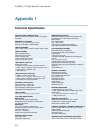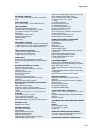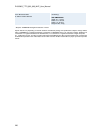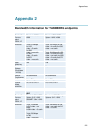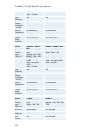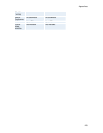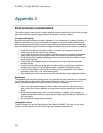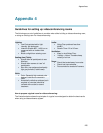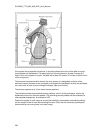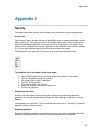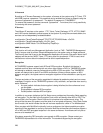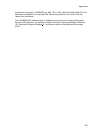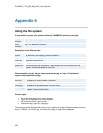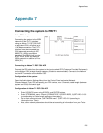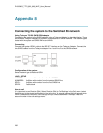
Appendices
225
Appendix 4
Guidelines for setting up videoconferencing rooms
The following are a set of guidelines to consider when either building a videoconferencing room,
or using an existing room for videoconferencing.
Lighting:
Low Contrast desired for light
intensity. No dark spots.
Intensity @ table 800 - 1400 Lux as
measured with an Incident light
meter.
Block sunlight from entering room.
Seating Area (Table):
Should allow all participants to see
Monitors.
Should allow camera to “see” all
participants.
Non-shiny non-patterned preferably
light grey surface (if table used).
Walls:
Color: Generally high contrast color
desired. Light blue is commonly
used.
Acoustically reflective surfaces (such
as glass or concrete) should be
covered with curtains or sound
treatment.
Audio:
Noise Floor preferred less than
44dBC.
Reverb Time 0,3 to 0,5 sec.
Ventilation:
Keep in mind Noise Floor.
Velocity = Noise. Therefore keep
velocity of air low.
Room:
Should be located away from noise.
Should not have windows.
Doors should be located off camera.
How to prepare a typical room for videoconferencing:
The illustration below shows the principles of a typical room designed to obtain the best results
when using a videoconference system.




